Art has always been a powerful force for change, pushing boundaries and challenging conventional ideas. Throughout history, certain artists have introduced groundbreaking techniques that transformed the way we perceive and create art. Yet, despite their significant contributions, many of these innovators remain underappreciated, overshadowed by more prominent figures of their time. In this article, we will explore the top 12 most underappreciated artists who revolutionized their fields with unique and visionary approaches. These artists, ranging from architects to painters, have left an indelible mark on the world of art, even if their names are not as widely recognized as they deserve to be.
Friedensreich Hundertwasser (Architecture/Art)

Friedensreich Hundertwasser was an Austrian artist and architect who completely redefined architectural norms with his rejection of straight lines and embrace of organic forms. His work, such as the Hundertwasserhaus in Vienna, showcases vibrant colors, irregular shapes, and a deep connection to nature. Hundertwasser’s approach was revolutionary in its focus on environmental sustainability long before it became a global concern. His buildings often feature rooftop gardens, undulating floors, and walls that seem to flow like living organisms. Despite his contributions to eco-friendly architecture, Hundertwasser remains underappreciated in mainstream architecture circles, perhaps because his whimsical, almost fantastical style stands in stark contrast to the minimalist and functionalist trends that dominate modern architecture.
Revathi Kamath (Architecture/Mud Architecture)
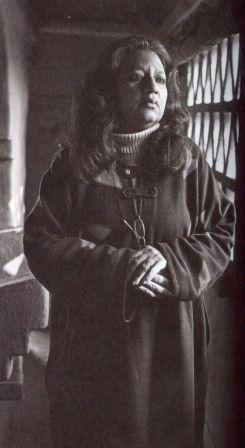
Revathi Kamath was an Indian architect known for her pioneering work in mud architecture. She believed in creating structures that harmonize with nature, using local materials and traditional techniques. Kamath’s buildings, such as the Akshay Pratishthan School in New Delhi, reflect her philosophy of sustainable and contextually responsive design. She was a strong advocate for the use of earth as a building material, which is both sustainable and affordable. Despite her significant contributions to sustainable architecture, Kamath’s work is often overlooked in favor of more high-profile, Western-centric architectural practices. Her approach, which blends tradition with modernity, offers a powerful alternative to mainstream architectural trends.
Matti Suuronen (Architecture/Futuristic Design)
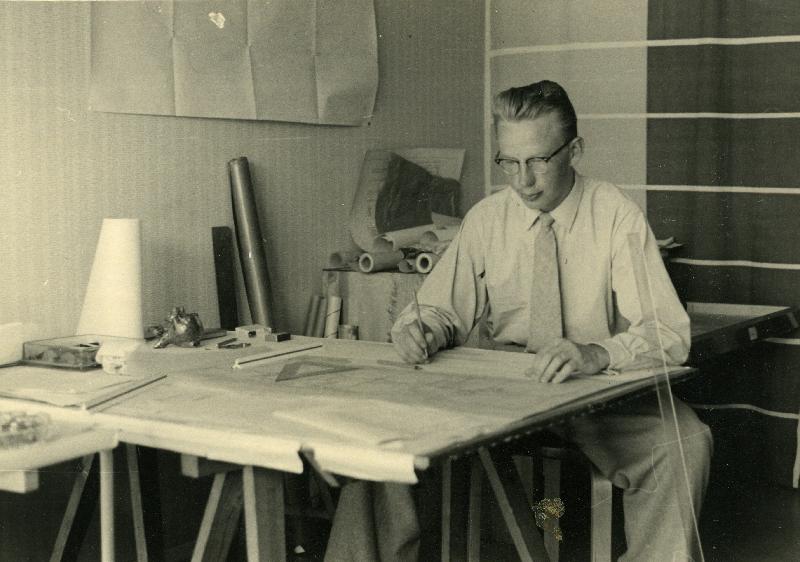
Matti Suuronen was a Finnish architect best known for his futuristic designs, particularly the UFO-shaped Futuro House. Suuronen’s work was ahead of its time, focusing on modular and prefabricated designs that challenged traditional notions of what a house could be. The Futuro House, with its pod-like shape and lightweight materials, was designed to be easily transportable and adaptable to various environments. Despite the revolutionary nature of his designs, Suuronen’s work did not gain widespread recognition, partly because his concepts were considered too radical for the mainstream architectural world. However, his ideas have influenced modern architecture, particularly in the areas of sustainability and modular design.
Gerrit Rietveld (Furniture Design/Architecture)
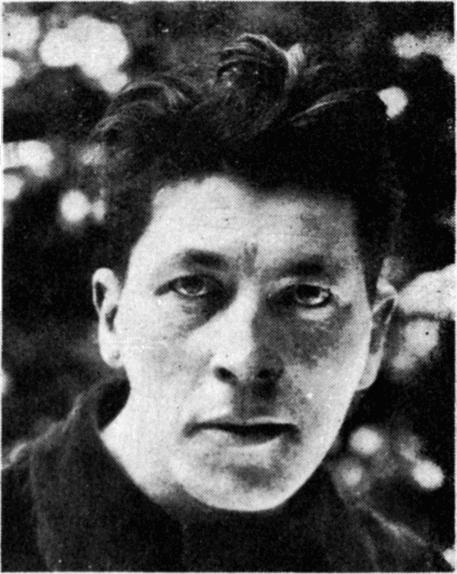
Gerrit Rietveld was a Dutch furniture designer and architect who was also a prominent member of the De Stijl movement. His minimalist approach to design, as seen in the iconic Red and Blue Chair and the Schröder House, emphasized abstraction and simplicity. Rietveld’s work was revolutionary in its use of geometry and primary colors, breaking away from traditional design norms. Despite his significant contributions to modern architecture and furniture design, Rietveld is often underappreciated in comparison to his contemporaries. His designs, which were radical at the time, have had a lasting impact on both modernist architecture and the minimalist design movement.
Raj Rewal (Architecture/Cultural Integration)
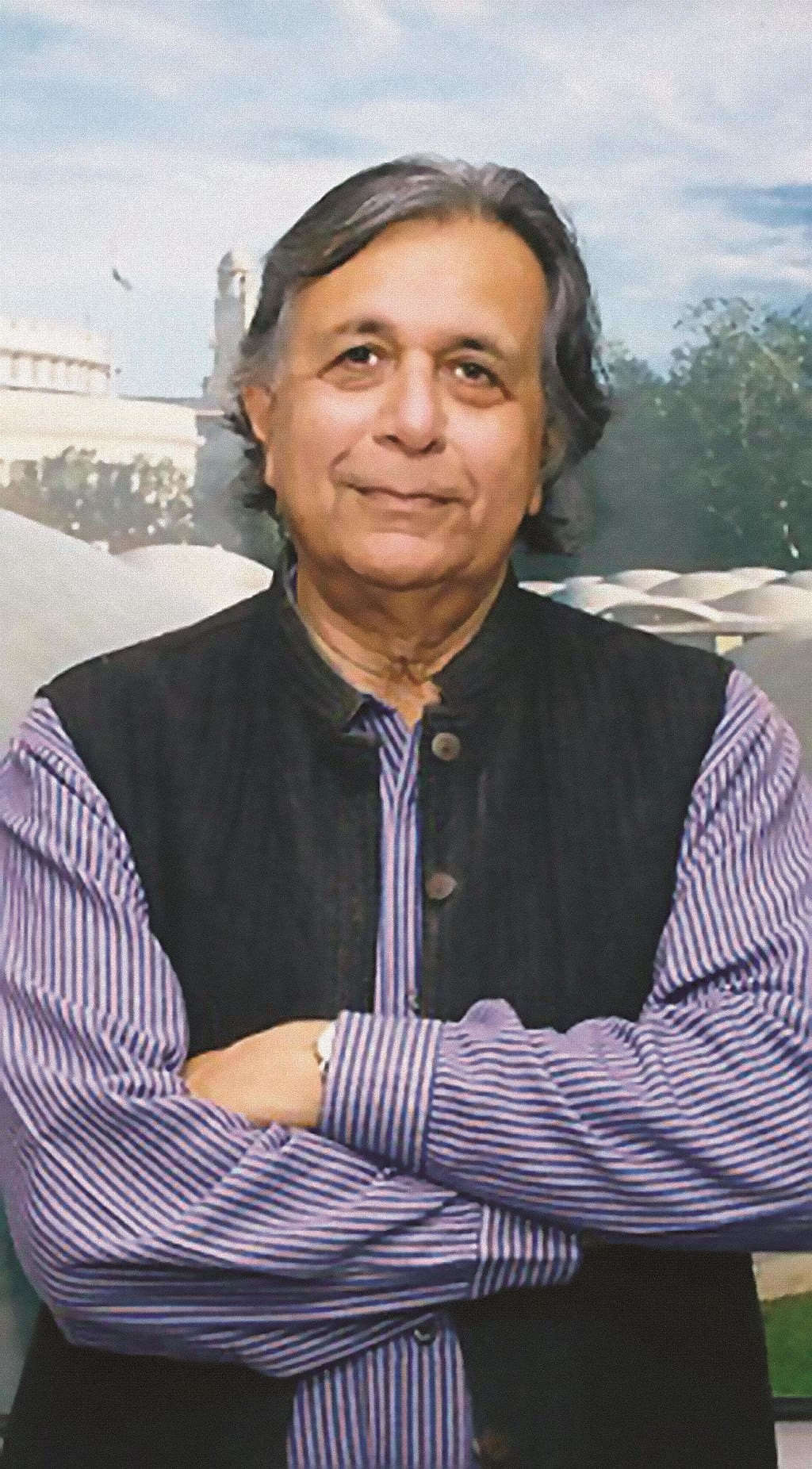
Raj Rewal is an Indian architect known for blending traditional Indian architecture with modern design principles. His work, such as the Hall of Nations in New Delhi, reflects a deep understanding of cultural context and architectural innovation. Rewal’s designs often incorporate elements of traditional Indian architecture, such as courtyards and jaalis (perforated screens), while also addressing contemporary needs. Despite his significant contributions to the architectural landscape in India and beyond, Rewal is often underappreciated on the global stage. His work, which is deeply rooted in cultural context, offers a powerful counter-narrative to the homogenizing trends of global architecture.
Charles Rennie Mackintosh (Architecture/Art Nouveau)
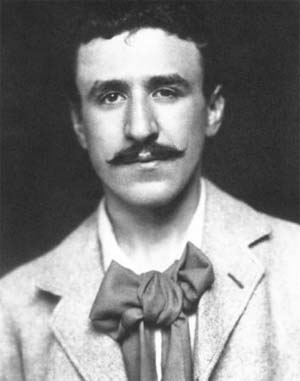
Charles Rennie Mackintosh was a Scottish architect and designer who played a key role in the Art Nouveau movement. His work, characterized by its blend of simplicity and elegance, had a lasting impact on modern design. Mackintosh’s buildings, such as the Glasgow School of Art, feature a combination of organic forms and geometric patterns, reflecting his unique approach to architecture and interior design. Despite his significant contributions, Mackintosh remains underappreciated in comparison to other architects of his time. His work, which was often ahead of its time, did not always conform to the prevailing architectural trends, leading to his relative obscurity.
José Clemente Orozco (Muralism/Social Commentary)
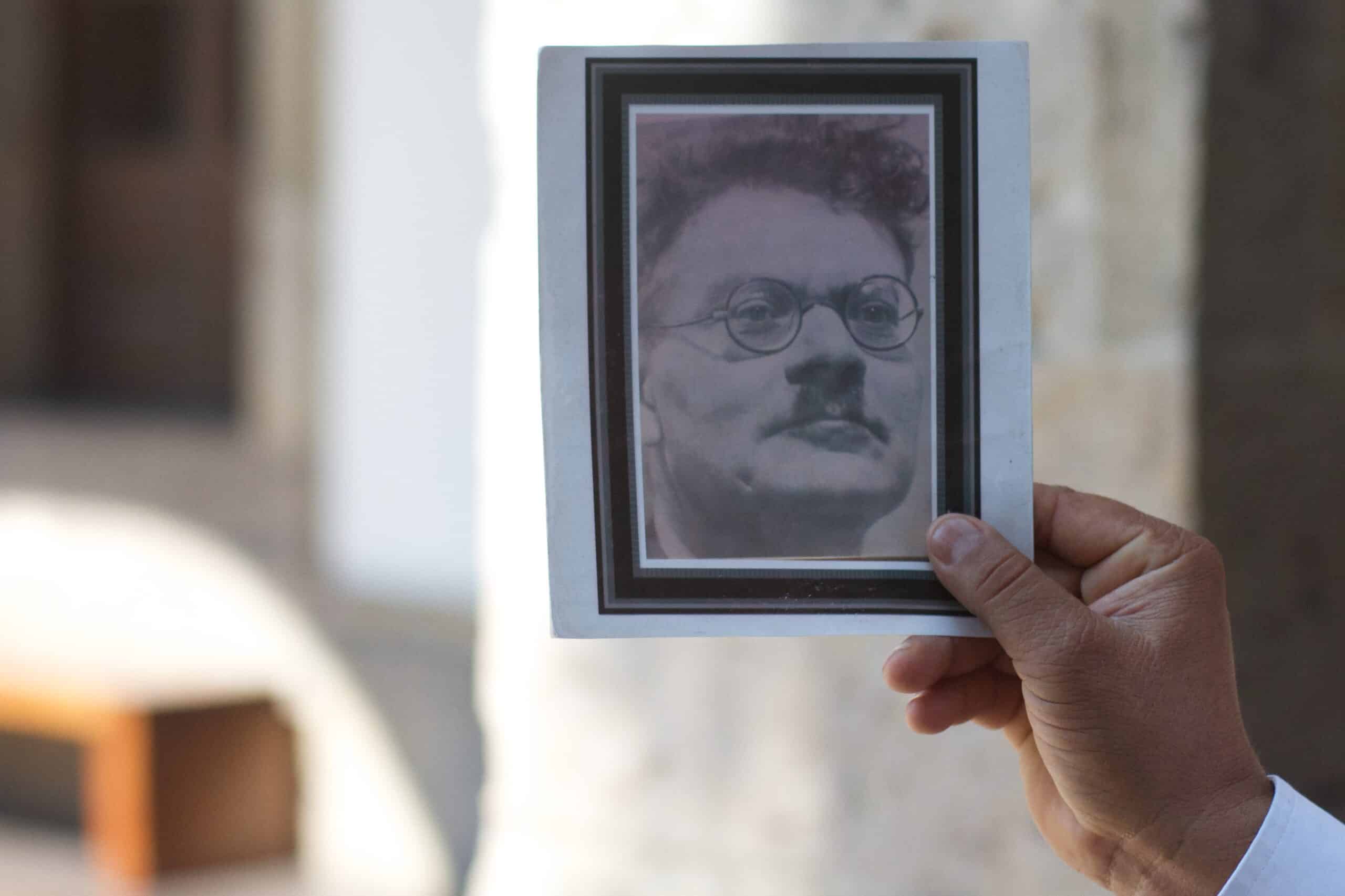
José Clemente Orozco was a Mexican painter and one of the leading figures in the Mexican muralism movement. His work is known for its powerful social and political commentary, often depicting the struggles and injustices faced by the Mexican people. Orozco’s murals, such as those in the National Preparatory School in Mexico City, are characterized by their bold, dynamic forms and intense emotional impact. Despite his significant contributions to the art world, Orozco is often overshadowed by his contemporaries, such as Diego Rivera. His work, which addresses themes of social justice and human suffering, remains relevant today, making him one of the most underappreciated artists in modern history.
Henri Matisse (Painting/Color Theory)
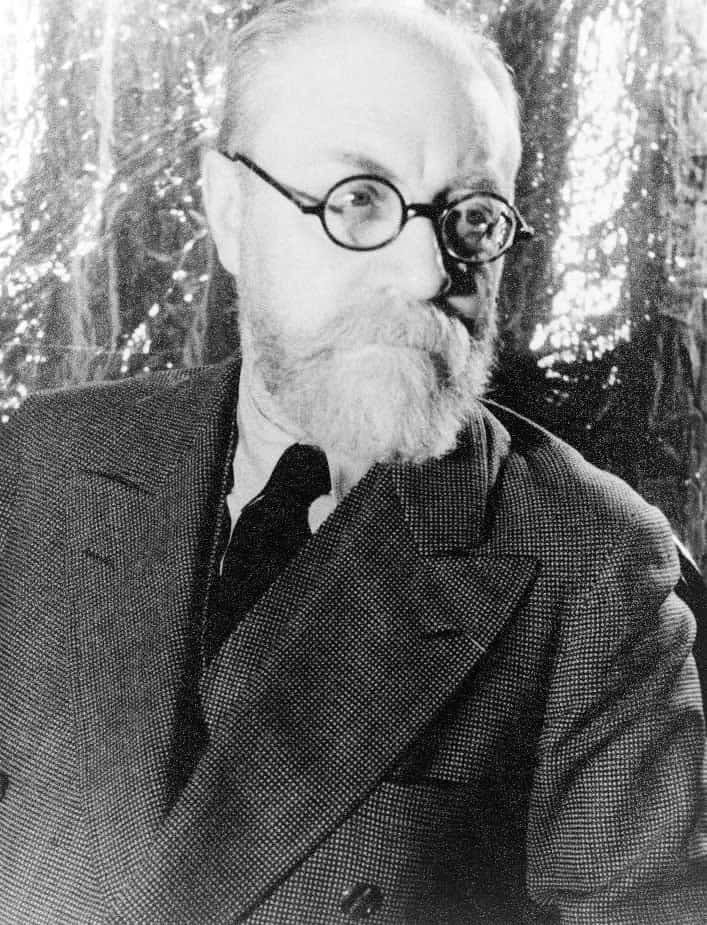
Henri Matisse was a French painter and one of the most influential figures in modern art. His work is characterized by its bold use of color and innovative approach to form, which challenged traditional artistic conventions. Matisse’s use of color was revolutionary, as he believed that color could be used to express emotion and create harmony in a composition. Despite his significant contributions to the development of modern art, Matisse is often underappreciated in comparison to other artists of his time, such as Pablo Picasso. His work, which continues to influence contemporary art, deserves greater recognition for its impact on the world of art and design.
Yoko Ono (Conceptual Art/Performance Art)
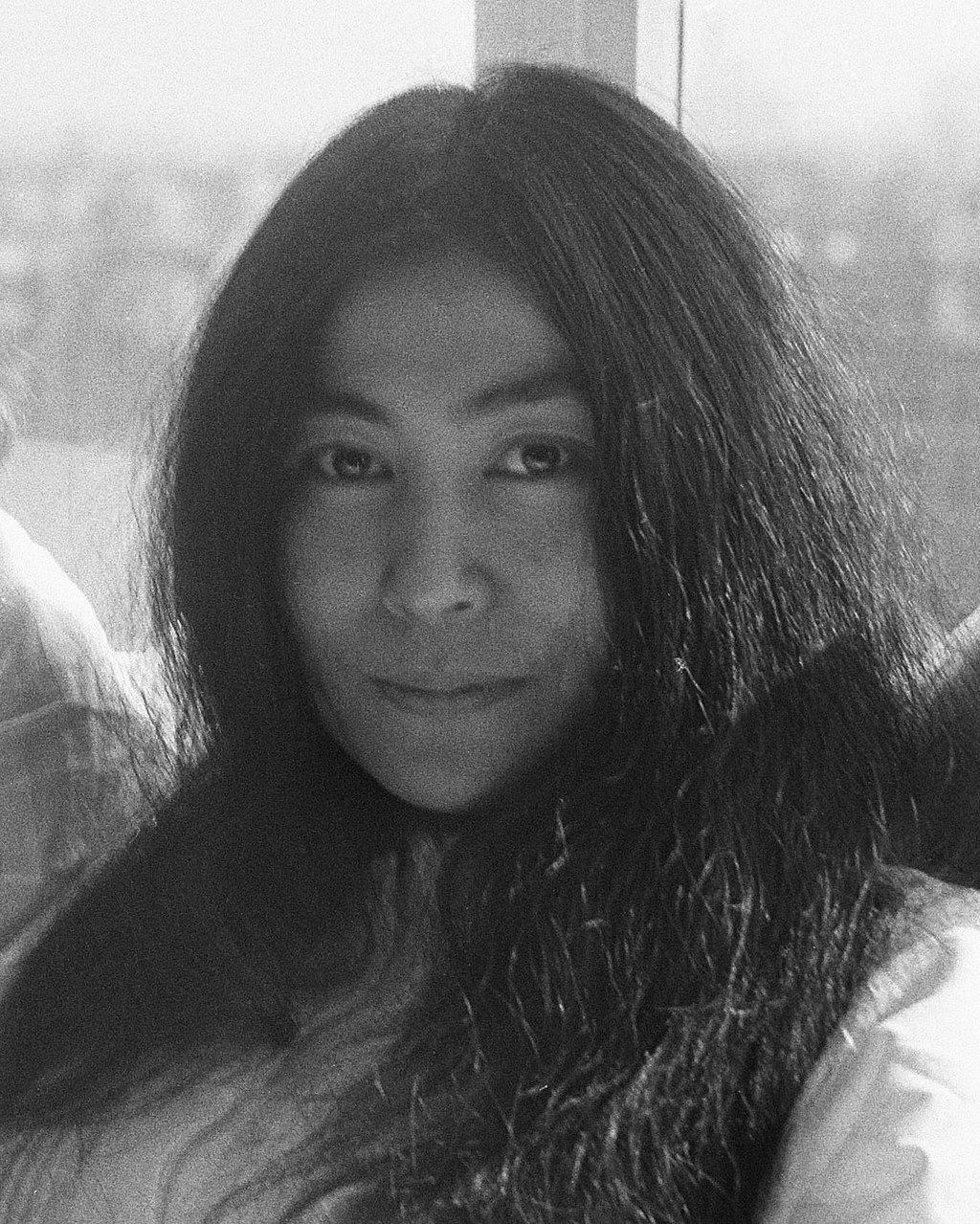
Yoko Ono is a Japanese multimedia artist known for her work in conceptual and performance art. Her work often challenges traditional notions of art, using unconventional materials and interactive performances to engage the viewer. Ono’s work, such as the famous “Cut Piece” performance, explores themes of identity, feminism, and social activism. Despite her significant contributions to the art world, Ono is often underappreciated, with much of the focus on her being related to her relationship with John Lennon. However, her innovative approach to art has had a lasting impact on contemporary art practices, making her one of the most underappreciated artists of her time.
Eugene Delacroix (Painting/Romanticism)
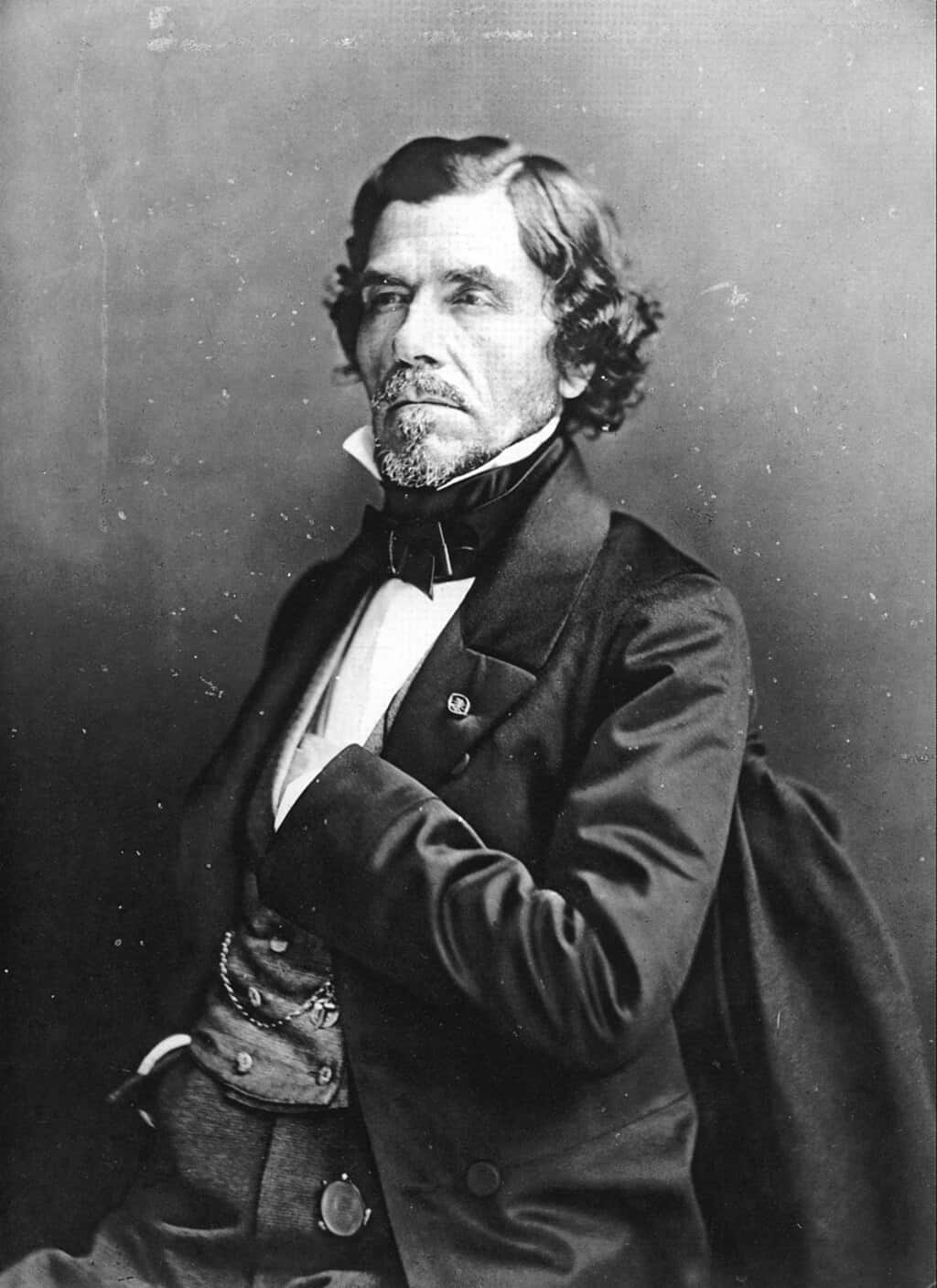
Eugene Delacroix was a French painter and one of the leading figures in the Romantic movement. His work is characterized by its dramatic use of color and dynamic compositions, which often depict scenes of passion and conflict. Delacroix’s painting “Liberty Leading the People” is one of the most iconic works of the Romantic period, symbolizing the spirit of revolution and freedom. Despite his significant contributions to the development of modern art, Delacroix is often underappreciated in comparison to other Romantic artists, such as J.M.W. Turner. His work, which continues to influence contemporary art, deserves greater recognition for its impact on the art world.
Salvador Dali (Surrealism/Dream Imagery)

Salvador Dali was a Spanish surrealist artist known for his dreamlike, fantastical imagery and eccentric personality. His work often explores the subconscious mind, using bizarre and distorted forms to create surreal landscapes and scenes. Dali’s painting “The Persistence of Memory,” with its iconic melting clocks, is one of the most famous works of the surrealist movement. Despite his significant contributions to modern art, Dali is often underappreciated, with much of the focus on his eccentric persona rather than his artistic achievements. His work, which challenges traditional notions of reality and perception, continues to inspire contemporary artists and deserves greater recognition.
Marcel Duchamp (Dadaism/Ready-Mades)
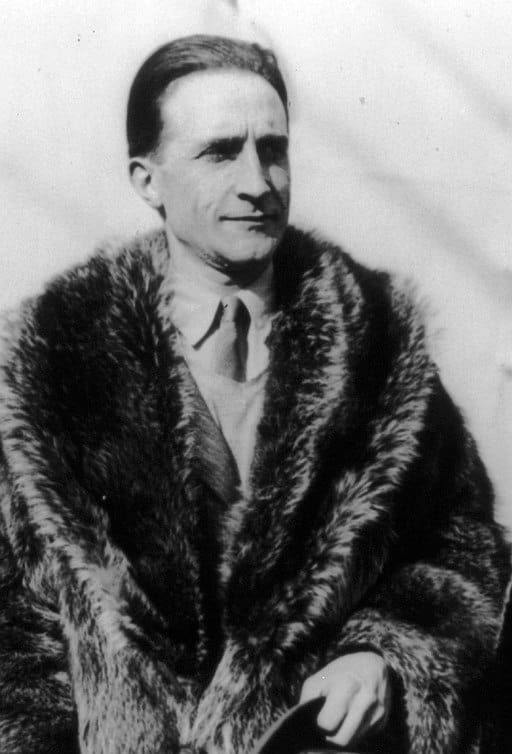
Marcel Duchamp was a French-American artist and a key figure in the Dada movement. His work challenged traditional notions of art, using everyday objects as “ready-mades” to question the very definition of art. Duchamp’s most famous work, “Fountain,” is a urinal that he signed and presented as a work of art, sparking a debate about what constitutes art. Despite his significant contributions to modern art, Duchamp is often underappreciated in comparison to other artists of his time. His work, which continues to influence contemporary art practices, deserves greater recognition for its impact on the world of art and design.
This article originally appeared on Rarest.org.
More from Rarest.org
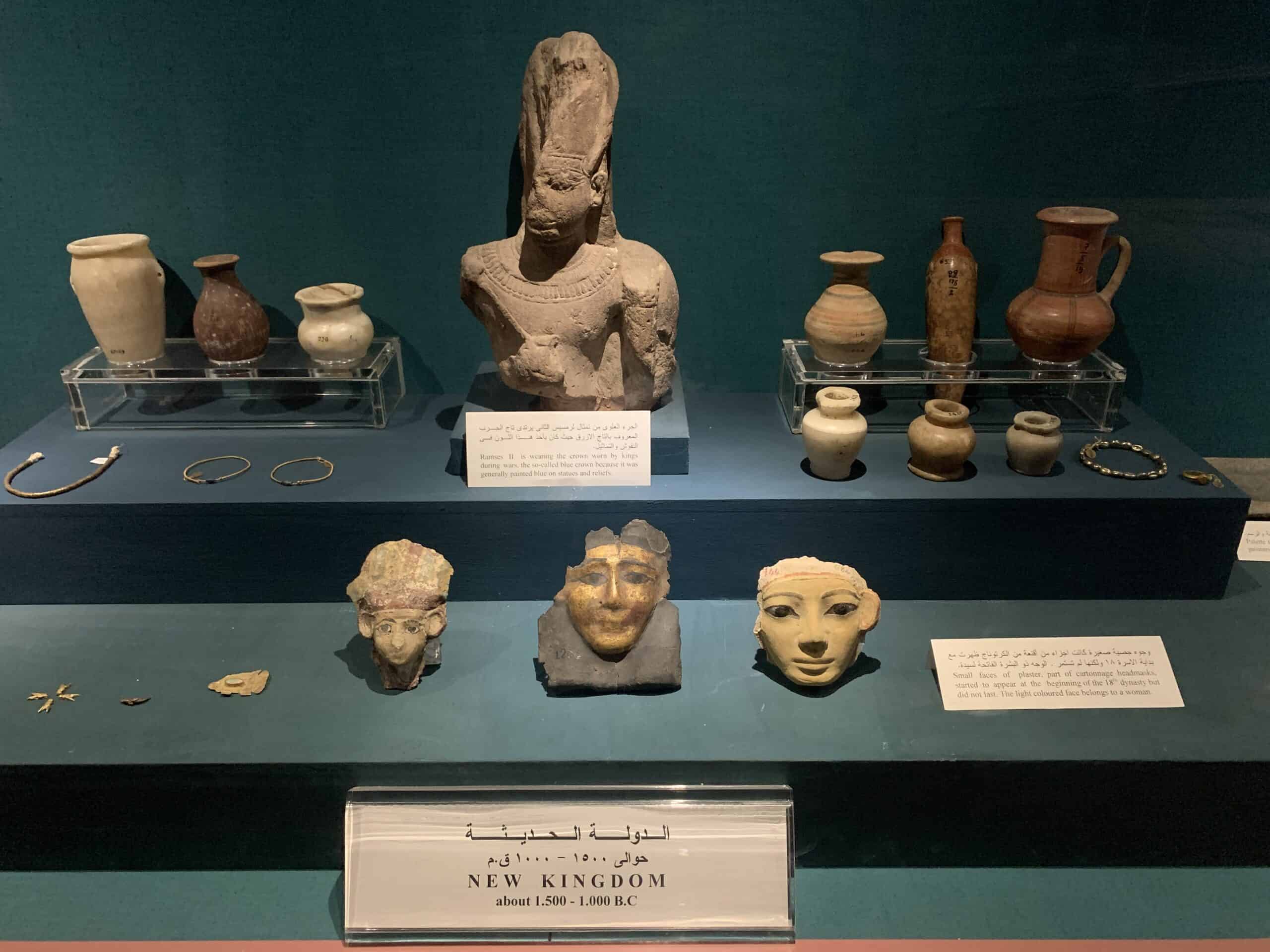
Art has been an integral part of human history, reflecting the culture and values of ancient civilizations. However, many of these remarkable styles have faded into obscurity over time. Read more.
15 Rarely Explored Islands with Unique Ecosystems

Embarking on a journey to the world’s hidden gems offers a thrill unlike any other. These rarely explored islands boast ecosystems so unique, they seem almost otherworldly. Read more.
12 Most Sought-After Purebred Livestock Animals

In the world of livestock, certain breeds are highly coveted for their exceptional qualities and performance. Farmers and ranchers seek out these purebred animals for their superior genetics and reliability. Read more.
